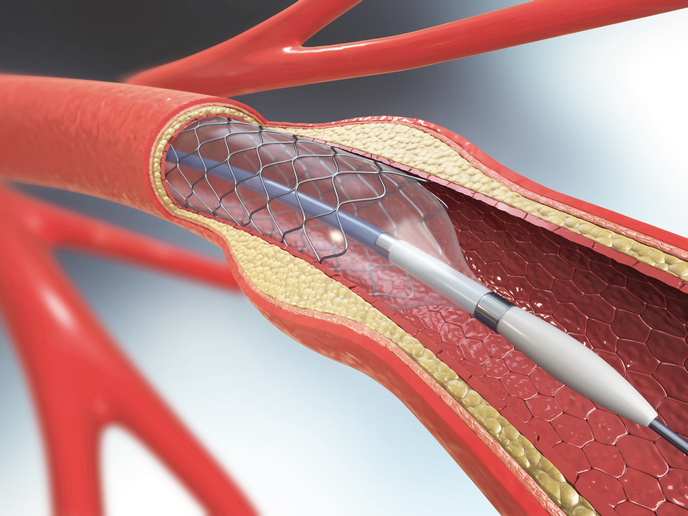New technology will improve survival of the littlest
Fifteen million babies annually are born too soon (before 37 weeks of gestation) and the number is rising, despite decades of research. Unfortunately, preterm babies are concurrently low birth weight, and more likely to die or to have longterm neurological and developmental disorders. Fortunately, technologies have been developed to treat preterm babies and increase the survival rate. Early detection of premature births will also be possible, thanks to a new medical device for prenatal care. Designed by the EU-funded Pregnolia project, the device makes it possible to measure cervical stiffness with an uncomplicated procedure. The result of several years of academic research at ETH Zürich and University Hospital Zürich, the device enables the precise measurement of cervical stiffness. It is a world first in prenatal diagnostics. “The most significant achievement of the project is the design and development of our second generation Pregnolia Probe,” said Laura Bernardi, project coordinator. “Thanks to the SME grant, we developed a reliable, scalable, high-quality device and with significantly reduced manufacturing costs compared to the device we currently have on the market.”
Easy to integrate into routine pregnancy check-ups
Cervical length, cervical consistency or softness, and cervical dilatation are three clinical parameters used to describe cervical ripening throughout pregnancy and to predict time of delivery. Cervical softening can be detected from the first month of pregnancy and continues progressively throughout pregnancy. Pregnolia’s device is based on the measurements of cervical tissue stiffness. The cervix becomes softer and later shortens during the course of pregnancy so that it can open fully at birth. The device consists of a control unit and a disposable probe to measure the stiffness of the cervix in order to determine whether the softening is occurring within normal limits. “The major benefits of the device are that it allows a quantitative and objective measurement of the cervical stiffness,” explained Bernardi, who is product manager and clinical and medical project manager at Pregnolia. “It is easy to integrate into routine pregnancy consultation,” she adds. “Its application is simple, painless and fast, and it will enable a faster preventive intervention with increased sensitivity to detect preterm birth risk, thus significantly impacting millions of women and babies.” Pregnolia is currently working on the certification of the Pregnolia System, including the probe developed within the project, under the new Medical Device Regulation (MDR). “This is one of our most important focuses as having the product certified is essential to maintain access to the EU market . We have initiated discussions with our Notified Body at the end of the project, and we hope to have our product certified as soon as possible.” Pregnolia is conducting pilot commercial phases in Switzerland and Germany, which are also used to get inputs from the customers and be ready for scaling up in the future. “We are also collaborating with several clinical centers conducting investigations with our device, in order to build strong and solid clinical evidence for our technology,” she added.







